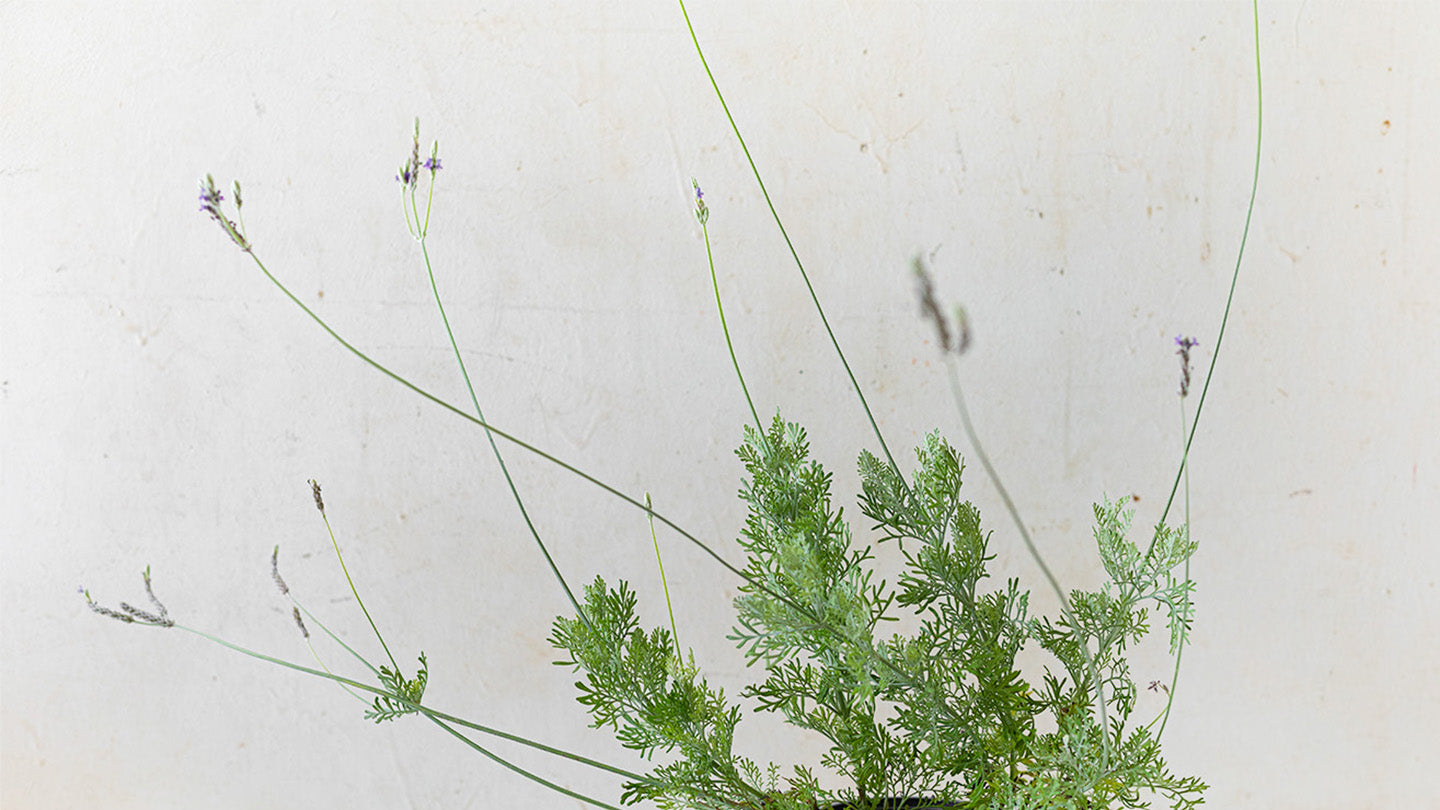cybloom
Lavender
Regular price
€6,50 EUR
Regular price
€7,50 EUR
Sale price
€6,50 EUR
Unit price
per
Tax included.
Couldn't load pickup availability
Family: Lamiaceae
Origin: Europe
The Size: 2–3 ft. tall, 2–4 ft. wide
Growth: Lavender plants will tolerate many growing conditions, but they grow best in warm, well-draining soil, and full sun.
Temperature & Humidity: Lavender can withstand a range of temperatures, and it's usually dampness more than the cold that's responsible for killing lavender plants. Dampness can come in the form of wet roots during the winter months or high humidity in the summer. If humidity is a problem, make sure you have plenty of space between your plants for airflow, and always plant your bushes in a sunny location.
Temperature & Humidity: Lavender can withstand a range of temperatures, and it's usually dampness more than the cold that's responsible for killing lavender plants. Dampness can come in the form of wet roots during the winter months or high humidity in the summer. If humidity is a problem, make sure you have plenty of space between your plants for airflow, and always plant your bushes in a sunny location.
Lightning: Lavender plants grown in full sunlight is the best way to guarantee a lot of buds and big, full bushes.
The Soil: Lean soil (soil without a lot of organic matter mixed in) will encourage a higher concentration of oils (and good smells), so go easy on the organic matter and fertilizer. Lavender plants prefer well-drained soil that is on the drier side, so if you're using a traditional potting mix, be sure to add in some sand for drainage. An alkaline or especially chalky soil will enhance your lavender's fragrance, while any pH below about 6.5 will likely cause lavender plants to be very short-lived.
The Soil: Lean soil (soil without a lot of organic matter mixed in) will encourage a higher concentration of oils (and good smells), so go easy on the organic matter and fertilizer. Lavender plants prefer well-drained soil that is on the drier side, so if you're using a traditional potting mix, be sure to add in some sand for drainage. An alkaline or especially chalky soil will enhance your lavender's fragrance, while any pH below about 6.5 will likely cause lavender plants to be very short-lived.
Watering: Lavender is a resilient plant that is extremely drought-tolerant once established. When first starting your lavender plants, keep them regularly watered during their first growing season. After that, they can handle extended periods of drought—in fact, too much water can lead to fungal disease and root rot.
Fertilizer: It's a good idea to add a handful of compost into the hole when you are first starting lavender plants. Beyond that, feeding is not needed with these plants and can detract from the overall potency of your lavender.
Reproduction: Lavender plants are best propagated by either softwood cuttings (the soft, flexible tips of shoots) or hardwood cuttings (segments of shoots with woody stems). Softwood cuttings are available in the spring; hardwood cuttings are available in the fall
Transfer: Where outdoor planting is not practical, growing lavender in a ceramic, clay, or terra-cotta pot and moving it around to follow the sun or even bringing it indoors for the winter, will be most efficient. Lavender prefers to grow in a tight space. A pot that can accommodate the root ball with a couple of inches to spare is a good choice; a pot that is too large will encourage excessive dampness.
Features of Care: As with most plants, your success in growing lavender will depend both on what kind of growing conditions you provide and which varieties you select to grow. Even if you do everything right and your lavender plants appear happy, the genus is generally not long-lived and most lavender plants begin to decline in 10 years or less.
Difficulties: Lavender plants are not afflicted by many diseases. They may develop phytophthora, which is a soil-borne fungal disease that causes root and stem rot. Lavender can also succumb to septoria leaf spot, which is caused by a fungus and is also commonly found on tomato plants.


